X
wikiHow is a “wiki,” similar to Wikipedia, which means that many of our articles are co-written by multiple authors. To create this article, 15 people, some anonymous, worked to edit and improve it over time.
This article has been viewed 137,915 times.
Learn more...
Cheating on your tests in school can lead to failure of the test, or even worse, a suspension or expulsion from the school. If you laugh in the face of such outcomes and desire to cheat anyhow, there are a few simple cheating methods that are hard to detect, provided you perform a little prep work.
Steps
Method 1
Method 1 of 3:
Hiding Notes On Your Pencils
-
1Tape notes along your pencil. Small notes can be affixed directly to the pencil you are using on the test to help you with questions you know will be on the test. Write the notes down on a thin strip of paper and cover the entire strip with a clear piece of tape. Wrap the strip around the pencil from top to bottom. All you have to do to read the note is turn the pencil!
-
2Write or etch notes onto a wooden pencil. Wooden pencils will accept certain kinds of ink along their body, allowing you to write simple short notes, such as dates or equations. Use a pen to write these notes down and allow the ink to dry so that it is not easily smeared away by your hand. You may also use a small paper clip or other sharp item to etch notes into the wood of the pencil.
- This works best on pencils that are hexagonal in shape, as the flat surface makes it easier to write.
- A small wood-etching tool may also be used if you happen to have one handy. Make sure the tip of the tool is fine enough for small print.[1]
Advertisement -
3Hide notes along the inside of a mechanical pencil. Similar to taping information to the pencil itself, notes can be written on a small strip of paper and placed along the inside of a mechanical pencil. An advantage to layering the strip along the inside of the mechanical pencil is the natural camouflage the mechanical pencil provides. Note that this will only work with translucent mechanical pencils.
- Keep a few “spare” mechanical pencils on your desk to increase the number of notes you have available.
Advertisement
Method 2
Method 2 of 3:
Hiding Notes in Storage Compartments
-
1Hide multiple notes inside a mechanical pencil. Write down several notes on tiny sheets of paper and roll them into tiny tubes. During the course of the test, remove the eraser from the pencil and retrieve your notes. It may help to bring additional lead to give the illusion that you are replacing the lead in your pencil. Make sure to dispose of the notes in your pocket or in the trash so that no evidence is left behind.
-
2Hide notes in a pen cap. Write notes on a small strip of paper similar as you would when trying to hide them inside of a mechanical pencil. Roll the paper up and place it loosely in the cap of the pen. During the course of the test, remove the cap as though you are deep in thought and retrieve your notes.
- If you pack the notes too tightly into the cap, you’ll have greater trouble retrieving them, which can draw attention to your cheating ways!
- Place the note and cap on the butt end of the pen to allow more room for the paper.
- Using multiple pens will give you space for more notes.
-
3Keep notes in a pencil case. Write out any notes or answers to questions ahead of time on small pieces of paper. Place the paper in your pencil case (or other similar cases, such as an eyeglass case). You can retrieve the notes by pretending you need to grab an additional pencil or eraser from your pencil case during the test..
- Clear, soft plastic pencil cases, such as those that are zipped closed, allow you to see your notes without needing to open the pencil case. Place the pencil case somewhere on the floor where you can see it easily.
-
4Hide notes in the eraser wrapping. If you have an eraser that features paper sleeves, remove the sleeve and write your notes on the inside. During the test, remove the sleeve as though you need to use a larger portion of the eraser, and carefully arrange the sleeve so that the answers are visible.[2]
- Light colored erasers can be written on directly, either with ink or lead. This is a great place to write down simple short answers or facts, as the answers can later be rubbed off.
- The eraser sleeve may need to be disassembled to allow easy writing. If this is the case, you can adhere it back on the eraser with a small amount of tape or glue.
Advertisement
Method 3
Method 3 of 3:
Using Tricks and Subterfuge
-
1Write your cheat notes in white colored pencil. Many tests allow the use of a blank sheet of paper for working out equations. If you are allowed to use note paper during your test, write down your cheat notes on the piece of paper you plan to use as scrap with a white-colored pencil. White colored pencil will be nearly impossible to detect from a distance, but should be easily visible to your own eyes, provided you have enough light.
- White ink can also work for creating these “invisible” notes, but may be slightly more visible to others due to ink’s reflective properties.[3]
- White Out is fairly visible as far as this technique concerned, and can blot out the natural lines in the paper. Use at your own risk!
-
2Use erasable ink. If your tests are self-marked in class, invest in a pen with erasable ink. When it comes time to take the test, use that pen to mark all the answers. Then, when you self-check the answers, discretely erase any answers that are wrong and replace them with the correct answers.
- When taking the test, make sure to write lightly with the pen. If you press too hard, your old answers will be visible as indentations in the paper, giving away your actions!
-
3Insert a black ink stem into a red pen. Some classes will require you to make edits to your test using a red pen to denote wrong answers. Replace the red ink in the pen with black ink and make the corrected changes in secret. Keep an actual red pen nearby in case your teacher is observing the changes you make.
- This trick works best when corrections are made through additions to the existing work (such as with missing grammatical marks from papers). Try suggesting to your teacher that self-correction leads to better learning![4]
- Using erasable ink can help make extra space on the paper if you need to insert a word or number in order to make the answer correct.
Advertisement
References
- ↑ http://www.lowes.com/creative-ideas/woodworking-and-crafts/woodburning-basics/article
- ↑ https://keetonsonline.wordpress.com/2013/11/14/5-types-of-erasers-every-artist-should-know-about/
- ↑ http://www.jetpens.com/blog/guide-to-choosing-white-gel-ink-pens-and-markers/pt/340
- ↑ http://www.ernweb.com/educational-research-articles/student-self-correction-improves-spelling-skills/
About This Article
Advertisement
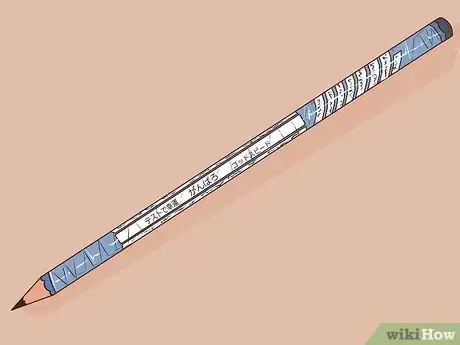
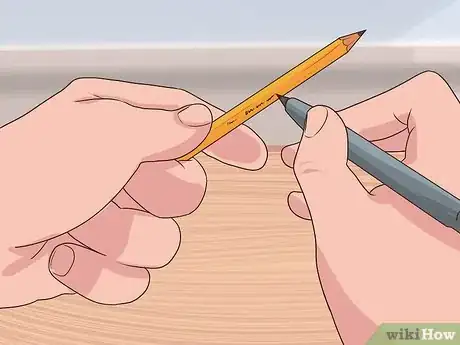
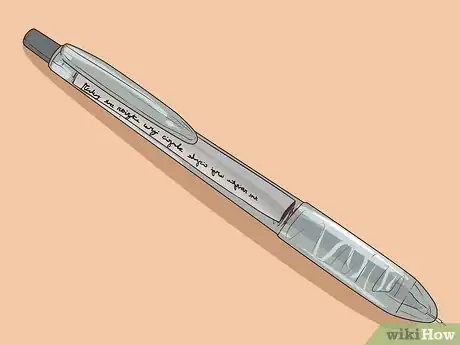
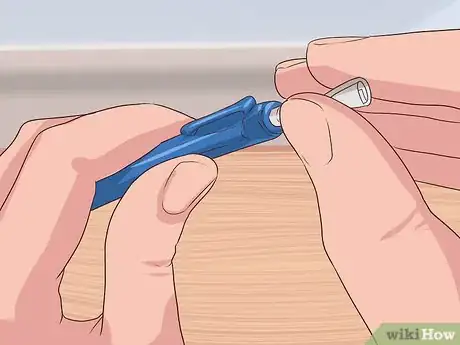
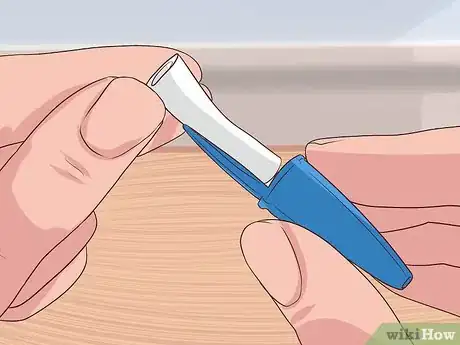
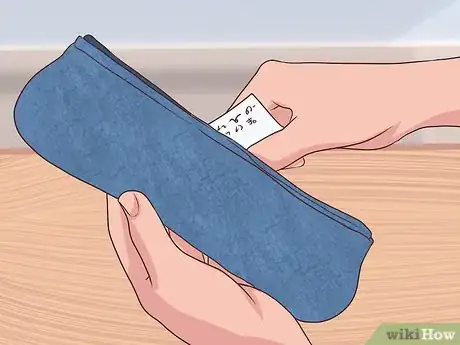
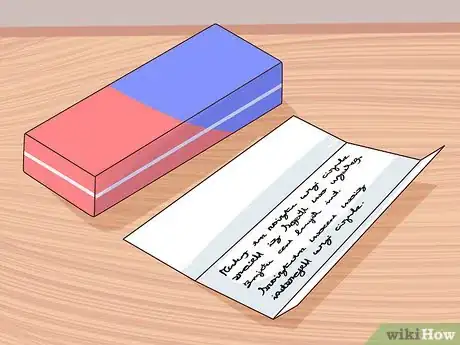
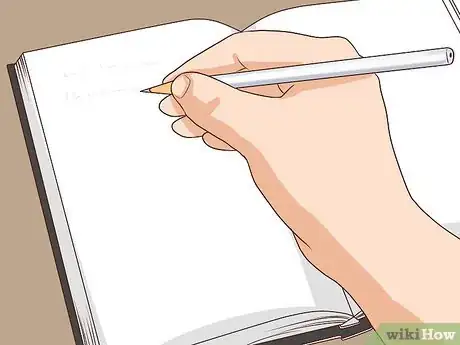
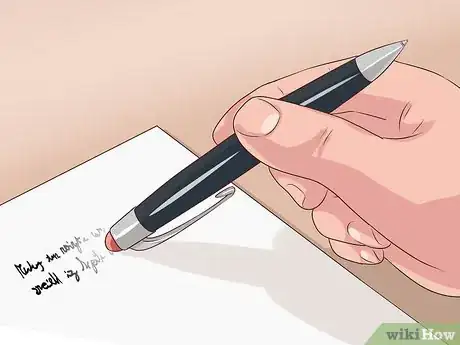
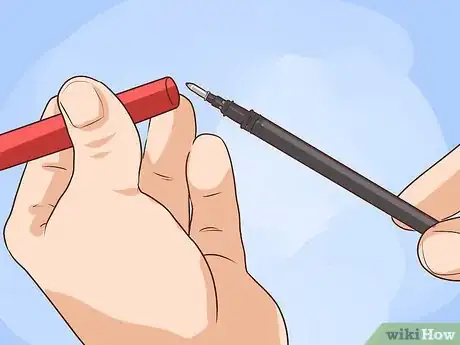



-Step-18.webp)
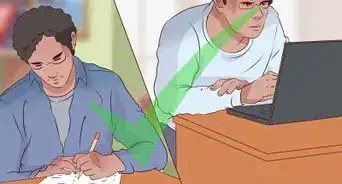
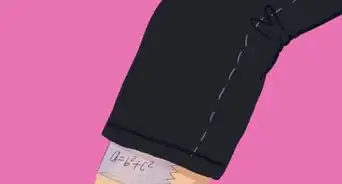
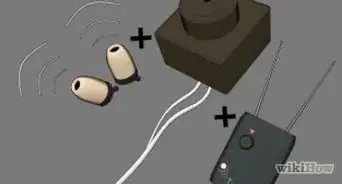
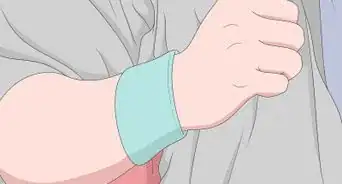
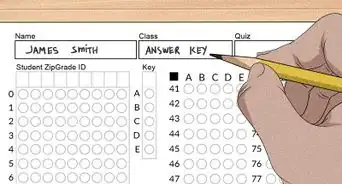

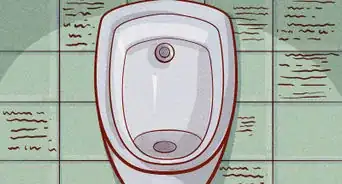












-Step-18.webp)


































